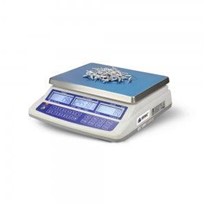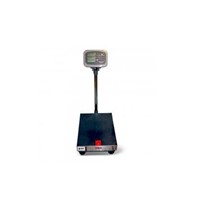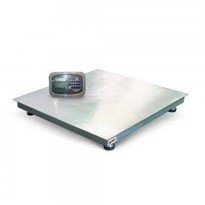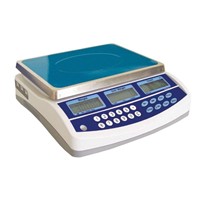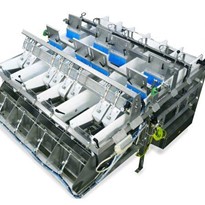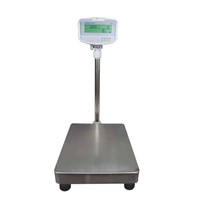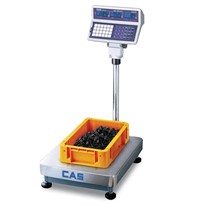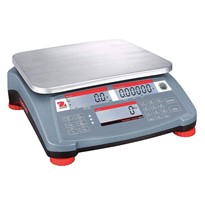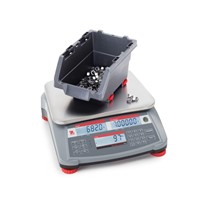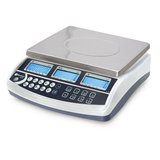The key to accuracy is detail. While you might look at your accounting system and see that there are 2000 'red widgets' in stock, you are missing a vital piece of information. Where are they?
If you receive a large order for a 'red widgets', a common process would be to ask the warehouse to 'double check' that the inventory system is correct. There is, after all, nothing worse than accepting the order and promising a swift delivery, only to realise you only have 1500 in stock!
Without a WMS, the inventory check normally involves an experienced user (who knows the location of all items in his head) visiting each location and tallying up the quantities. They might get some help from an Excel spreadsheet or another ad-hoc inventory method. This information is communicated with the office by phone.
With a WMS, the inventory check process is more streamlined. This is because when you pick stock, inventory is updated in real-time. Instead of calling the warehouse to run a count, the sales rep should be able to simply look at the system to check the inventory levels.
Against the inventory balance in each bin location (since it is likely that these widgets are stored in multiple bins), the date of the last inventory count should tell the user whether they should trust the inventory figure. If the last count date was only a month ago, it is likely that this information is still correct. Generally speaking, the older the count, the more likely it is that you will need to perform a re-count.
A directed cycle count function in the WMS will help you to keep on top of inventory levels. At the most basic level, you might decide to count each bin location 4 times per year. This means that each night, the system will generate cycle count tasks for users based on bin locations which have not been counted in the last 3 months.
When a warehouse user runs the cycle count function, they should be directed to specific bins to find and count items. This process should verify that the correct stock item is still in the bin, and that the quantity on hand is correct.
Once a count is performed, you might choose to adjust your inventory immediately, or perhaps have a second person check any discrepancies. In either case, once the inventory adjustment is approved, you should not need to re-count this item again for another 3 months.
Over time, implementing a WMS will allow you to trust your inventory figures. Instead of a single figure of 2000 from your accounting system, you can see:
Bin A2 - 500 - counted 1 week ago
Bin Z3 - 1500 - counted 2 days ago
The Role of Voice
Cycle counting on voice allows staff to be directed from one location to another to confirm the product and quantity they find. Counting is easier because the user has both hands free. Cycle counting can also be merged with picking, allowing the picker to verify the quantity remaining once they pick from a location flagged as overdue for counting.








